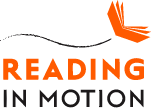Reading Comprehension Curriculum
Comprehension involves constructing meaning from text, requiring readers to actively engage with what they're reading, connect it to prior knowledge, and think critically about the information presented. Reading in Motion recognizes comprehension as the ultimate goal of reading instruction and a necessary component to educational success.
Why Comprehension Matters
Students who can effectively comprehend what they read are better equipped to learn independently, think critically, and engage with complex ideas. Good comprehension skills also foster a love of reading, encouraging students to read more frequently and widely.
Conducting strong comprehension strategies early on provides students with tools they can apply throughout their academic careers and beyond. As texts become more complex in higher grades, strong comprehension skills enable students to tackle challenging material with confidence.
Teaching Strategies for Comprehension
- Activating Prior Knowledge: Encourage students to connect new information with what they already know before reading.
- Questioning Techniques: Teach students to ask and answer questions before, during, and after reading to promote active engagement with the text.
- Visualization: Guide students in creating mental images of what they're reading to enhance understanding.
- Summarizing: Teach students to identify main ideas and supporting details to create concise summaries.
- Inferencing: Help students "read between the lines" by making logical inferences based on textual clues and background knowledge.
- Text Structure Analysis: Introduce different text structures (ex: compare/contrast, cause/effect) and how to identify them.
- Metacognitive Strategies: Teach students to monitor their own comprehension and apply fix-up strategies when understanding breaks down.
By incorporating these comprehension strategies into our Reading in Motion curriculum, we aim to develop thoughtful, engaged readers who can derive meaning from a wide range of texts and apply their understanding across all areas of learning.










